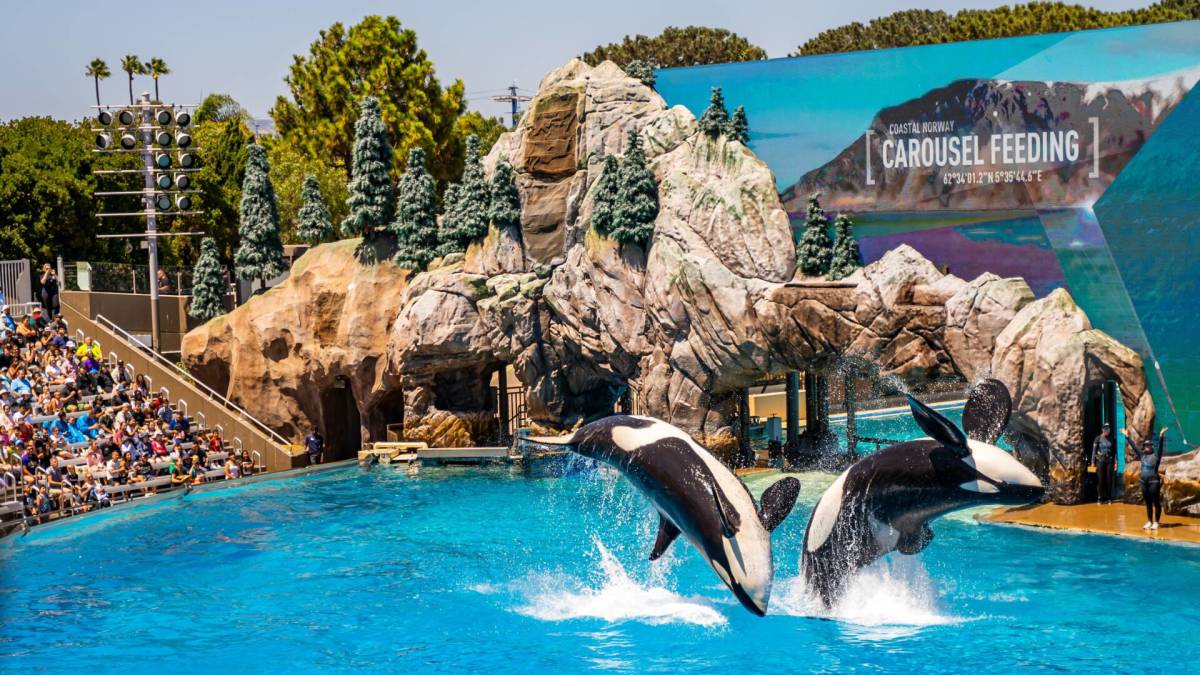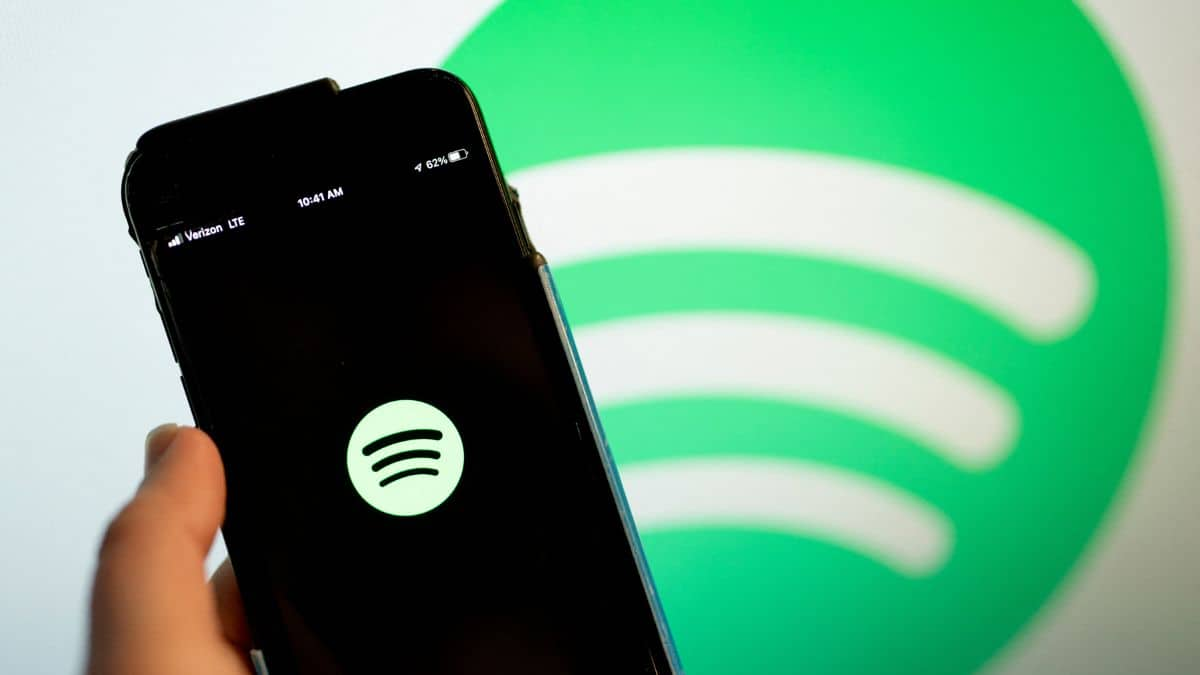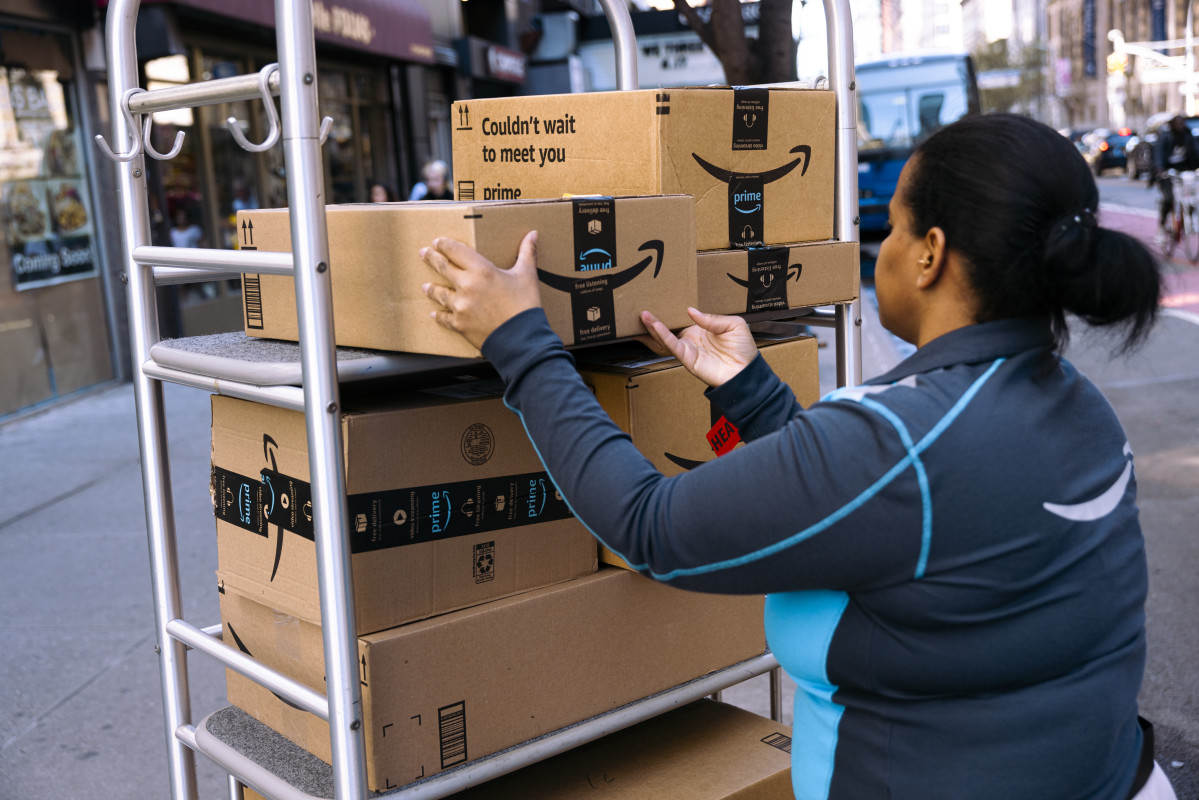SeaWorld, Sesame Place owner blames attendance drop on July 4
In 2025, U.S. regional theme-park attendance is projected to rise 1-2%, driven by group visits, season-pass sales, and new attractions. However, in-park spending per capita may grow only modestly as consumers face ongoing economic pressures, while international visitation is expected to recover ...

In 2025, U.S. regional theme-park attendance is projected to rise 1-2%, driven by group visits, season-pass sales, and new attractions. However, in-park spending per capita may grow only modestly as consumers face ongoing economic pressures, while international visitation is expected to recover more slowly.
“Lower discretionary spending may lead consumers to pull back on leisure spending, which could limit theme park operators’ ability to continue raising prices and lead to muted per capita spending growth,” according to S&P Global’s Industry Credit Outlook.
The amusement and theme park industry, valued at $24.6 billion in 2025, is expected to grow to $29.2 billion by 2030. Key growth drivers include investment in immersive attractions, technology, and optimized per-capita spending, according to a Mordor Intelligence report.
Ancillary revenue streams such as food, beverages, merchandise, and in-park services are increasingly significant, even as overall attendance remains sensitive to weather, inflation, and shifting consumer patterns.
In fact, the International Association of Amusement Parks and Attractions projects that even with expected growth, attendance might not fully recover to pre-pandemic levels, and by 2027, it could still be around 20% below 2019 levels.
Leading industry analyst and International Theme Park Service CEO Dennis Speigel agrees with the projections, saying that even with new attractions, recovery remains incomplete. According to Spiegel, main challenges for amusement and theme parks include:
- Severe weather
- Lingering tariff‑driven uncertainty
- Reduced consumer spending
Source: That Park Place
Given this trend, it's not surprising that one of the five U.S. amusement and theme-park industry leaders just confirmed an attendance drop. Helen89/Shutterstock.com
SeaWorld and Sesame Place owner United Parks & Resorts reports attendance drop
United Parks & Resorts Inc. owns seven world-class brands spanning 13 parks in seven markets across the United States and Abu Dhabi.
United Parks & Resorts theme parks:
- SeaWorld
- Busch Gardens
- Discovery Cove
- Sesame Place
- Water Country USA
- Adventure Island
- Aquatica
United Parks & Resorts reported its third-quarter financial results on Nov. 6, revealing an attendance decline at its theme parks. Compared to the same quarter of 2024, attendance dropped 2.4% to 6.8 million, according to a company press release.
Key United Parks & Resorts metrics, Q3 2025 vs. Q3 2024:
- Attendance: 6.8 million guests, a decrease of approximately 240,000 guests or 3.4%
- Total revenue: $511.9 million, a decrease of $34.1 million or 6.2%
- Net income: $89.3 million, a decrease of $30.4 million or 25.4%
- Adjusted EBITDA: $216.3 million, a decrease of $42.1 million or 16.3%
- Total revenue per capita: Decreased 2.9% to $75.39
- Admission per capita: Down 6.3% to $39.57, while in-park per capita spending increased 1.1% to $35.82
Source: United Parks & Resorts Inc.'s Form 10-Q Filing
For the nine months ended Sep. 30, 2025, attendance was also down about 1.5% or by 252,000 guests, compared to the first nine months of 2024.
Why attendance is dropping for United Parks & Resorts
CEO Marc Swanson explained the reasons behind the decline, including bad weather, especially during key holiday periods.
"We are obviously not happy with the results we delivered in the quarter. Performance during the quarter was negatively impacted by an unfavorable calendar shift, poor weather during peak holiday periods, a decline in international visitation and less than optimal execution. The consumer environment in the U.S. appears to be inconsistent, as has been outlined by a number of other leisure and hospitality businesses,” Swanson stated.
Related: Disney World shuts numerous rides and attractions, some permanently
He added that the third quarter saw a negative impact of around 150,000 visits due to unfavorable calendar impacts, especially the timing of the 4th of July holiday.
This year, Independence Day fell on Friday, which had a significant impact on theme park visits during what is considered a peak attendance period in the summer season. Swanson explained in the second-quarter earnings call that the calendar shift from Thursday to Friday seems like losing “a holiday day.”
When July 4 falls on Thursday, a significant number of people tend to take Friday off, making it a four-day weekend. When it’s on Friday, however, it creates a more standard three-day weekend, resulting in less attendance and spending.
“We saw a decline in international visitation of approximately 90,000 guests during the quarter, which was a reversal of earlier trends we saw in the first half of the year," Swanson said. "Adjusting for these calendar shifts and the international visitation declines, attendance would have been roughly flat for the quarter.”
5 factors behind quarterly attendance drop for United Parks & Resorts:
- 4th of July timing
- Poor weather
- Decline in international visitation
- Less-than-optimal execution
United Parks & Resorts CEO hints at better numbers following share buyback
Swanson suggested that the company's numbers will improve, highlighting strong ticket sales for its Howl-O-Scream events in Orlando and San Diego, which he said saw record attendance this year. These gains are expected to be reflected in United Parks’ fourth-quarter results, according to Theme Park Insider.
“Looking forward, we are encouraged by the forward-booking revenue trends into 2026 for our Discovery Cove property and our group business, both of which are up over 20% compared to this same time last year.”
Despite the attendance and revenue drop, United Parks is betting on its future growth as it continues to spend millions to buy back its shares. By doing so, the company aims to increase its stock price.
“The Board previously announced a $500 million share repurchase program contingent on receiving this approval, and we have already repurchased 635,020 shares for an aggregate total of $32.2 million through November 4, 2025, underscoring our strong balance sheet, significant free cash flow generation, and our strong belief that our shares are materially undervalued,” the Swanson said.
United Parks & Resorts also touted its award-winning Christmas events at SeaWorld, Busch Gardens, and Sesame Place Langhorne Parks, which feature already popular rides and attractions, along with new and exciting elements.
In addition, the company’s brands house one of the largest zoological collections in the world, rescuing and rehabilitating marine and land animals that are ill, injured, orphaned, or abandoned, with the goal of returning them to the wild. For example, the SeaWorld rescue team has helped over 40,000 animals in need over the company's history.
Related: 51-year-old theme park with iconic 111-year-old roller closes forever
What's Your Reaction?




















































